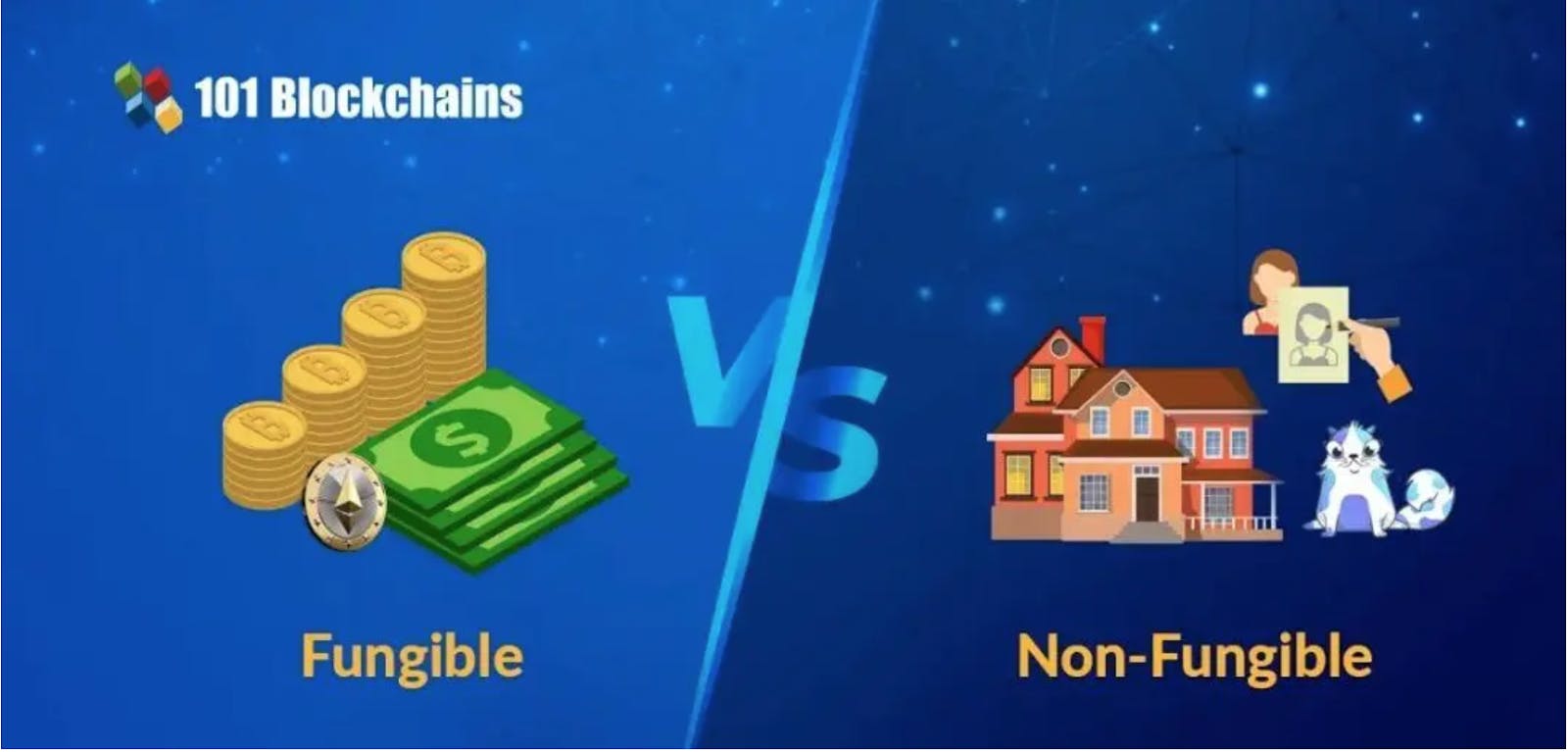Why Do Tokens Matter?
Public blockchains are powerful tools to enable authentic digital ownership. Ownership on a blockchain is expressed through tokens. Tokens generally fall into three categories: native tokens, fungible tokens and non-fungible tokens (NFTs). Native tokens are used to pay for security and transaction fees. Fungible tokens (also known as ERC-20 tokens) are typically designed to incentivize and express ownership for a blockchain application. NFTs can be utilized to represent ownership of a unique digital asset. Let’s discuss the three in kind below.
What is a Native Token?
In the context of Web3, a native token is a digital asset that is used to secure a blockchain network and is often used to pay for fees on that particular network. Native tokens are similar to currencies in traditional payment systems insofar as they represent a unit of value that can be exchanged to access certain goods and services and a unit of account, where other digital assets in that network are often priced in the native token. For example, the native token that powers the Ethereum network is $ETH. ETH is staked by validators, which acts as financial collateral to secure the Ethereum network. ETH is also required to pay for transactions on the network. In addition, digital assets like Cryptopunks on the Ethereum network are often quoted in ETH terms and not U.S. dollars. Most popular blockchain networks are powered via a native token - $SOL powers the Solana network, $AVAX powers the Avalanche network, $DOT secures the Polkadot network, etc. The value of these native tokens is often tied to the network activity, the value locked on that particular network and speculative premium centered around the future potential of a network.
What is a Fungible Token?
Blockchain networks allow for the creation of fungible tokens that are not native tokens. Fungible tokens are digital assets that are interchangeable with other tokens of the same type. Many assets in the real world are fungible as well. For example, each $20 dollar bill can be exchanged for any other $20 bill, and one share of Apple stock is equivalent to other shares of Apple stock of the same class.
Fungible tokens are usually created to represent some kind of ownership of an application that exists on a particular blockchain. For example, $UNI is a fungible token that was created to support the Uniswap application, the leading decentralized exchange on Ethereum. The $UNI token is primarily a governance token, whereby holders of $UNI can vote on proposals that can dictate the direction of the Uniswap application. Another example is $AAVE, which is the token for the Aave application - the leading decentralized lending and borrowing platform on Ethereum. The Aave token grants its holders the ability to participate in governance and also to stake the token to secure the application and earn protocol revenue. Both the Aave and Uni token are designed to allow decentralized finance applications to be owned and governed by their users, rather than a centralized authority.
It’s worth noting that native tokens are fungible as well but generally carry extra importance as they contribute to the security and operations of a blockchain network.
What is a Non-Fungible Token?
Fungible tokens are distinct from non-fungible tokens in the sense that the latter are unique digital assets that may not be one-to-one interchangeable with each other. Many assets in the real world are non-fungible as well. Real estate, art or baseball cards are all examples of non-fungible assets. NFTs are often used to represent collectible items or digital art. For example, Yuga Labs created the Bored Ape Yacht Club, a delightful collection of JPEGs that increased more than 100x in value in the 2021 bull-market. NFTs like those of the Bored Ape Yacht Club represent not only a unique digital asset but can also convey social status or inclusion in a unique club.
While JPEG NFTs drew the attention of some and the ire of others, NFTs can be wonderfully expressive in what they represent. Musicians can upload audio into an NFT and allow their fans to own a part of their music. NFTs can be utilized for ticketing and be encoded to allow for special discounts or VIP access. Many crypto games have utilized NFTs to represent in-game assets that can be bought or sold in blockchain marketplaces. The possibilities of what an NFT can represent are truly endless.

What is Token-Economics?
Token economics is a new field of study on the design and behavior of tokens within a blockchain-based network. It is a subfield of economics that focuses specifically on how tokens can be used as a means for incentivizing certain behavior and activities in a blockchain network and seeks to understand how tokens are created, distributed and used. Token economics draws upon principles from mechanism design, game theory, behavioral finance and psychology. At Saga, we have done deep research on our own token model and would encourage anyone interested in getting deeper into token economics to read our token paper.